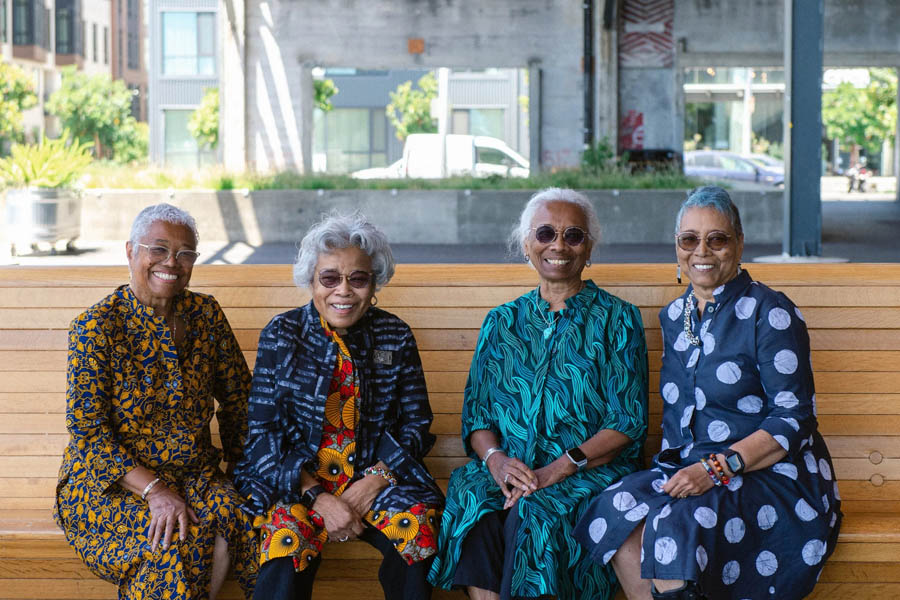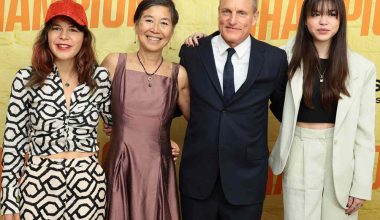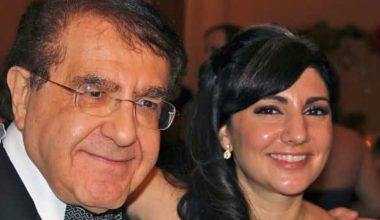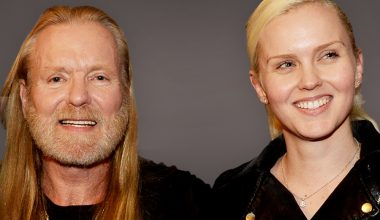Basic Information
| Field | Detail |
|---|---|
| Name | Blanche Vitero (also appears as Blanche Vitero-Brown / Blanche Brown) |
| Born | Not publicly documented |
| Occupation | Dancer, teacher, community arts leader |
| Education | Studied dance / physical education at San Francisco State (returned to school mid-life) |
| Spouse | Willie L. Brown Jr. (married late 1950s; long-term separation reported) |
| Children | 3 — Susan, Robin, Michael |
| Known for | Teaching and performing African-diaspora dance forms in the San Francisco Bay Area; community arts presence |
| Net worth | No reliable public estimate available |
Early chapters: classroom, marriage, and the pull of two worlds
I like to think of Blanche’s life as a film cut in two tones: the hush of domestic scenes and the low-lit intensity of rehearsal rooms. She appears in the record not as a headline-grabbing celebrity but as a steady presence—someone who walked into and through the historical currents of a famously public man, Willie L. Brown Jr., and yet carved an artistic life distinctly her own. Married in the late 1950s, Blanche and Willie raised three children—Susan, Robin, and Michael—while life unfolded on parallel tracks: his political ascent to Speaker of the California Assembly and later Mayor of San Francisco; her later-in-life return to academia and deepening devotion to dance and cultural teaching.
Numbers matter here: three children, one long marriage (officially recorded in the late 1950s), and decades of separation that never fully erased the family bond. That tension—public persona versus private persistence—gives shape to the story I’m telling: not a scandal sheet but a portrait of a life lived in layered registers.
Family portraits — who they are and how they fit
Family can be a list on paper and a whole archive in practice. Below I set the family out like a mini-roll call—short, human, and with room for atmosphere.
| Family Member | Role & Short Introduction |
|---|---|
| Willie L. Brown Jr. | Spouse; a towering figure in California politics (longtime Assembly Speaker; former Mayor of San Francisco). Their marriage began in the late 1950s and, despite public separations, remains central to both biographies. |
| Susan Brown | Daughter; appears in family mentions and event notes—part of the trio that anchors Blanche’s private life. |
| Robin Brown | Daughter; less visible in mainstream press but listed among Blanche and Willie’s children. |
| Michael Brown | Son; similarly recorded in biographical summaries as one of the three children. |
There’s a cinematic quality to these relationships: flash frames of family events, community tributes where Blanche is introduced as mother and artist, the occasional photograph that freezes a smile at a festival. The family table is both tidy and porous—public enough for mention, private enough for mystery.
The career that chose her back: dance, teaching, and cultural leadership
If Blanche’s life were a soundtrack, it would be percussion-first—rhythms of the African diaspora, the crisp snap of rehearsal floors, the warm murmur of a classroom where steps are taught like secrets. She returned to college as an adult and shifted into dance and physical education at San Francisco State—an intentional pivot that reads, to me, like someone answering a call she’d always heard beneath the noise.
Her work includes:
- Teaching community dance forms—particularly dances tied to African and Afro-Caribbean traditions.
- Performing with and around Bay Area ensembles and teaching at community hubs.
- Serving as a cultural anchor in local festivals and events, sometimes honored as a teacher, sometimes introduced as a spiritual/priestly figure in community gatherings.
Think of her as an organizer of embodied memory: she didn’t just teach steps; she transmitted context, lineage, and the theological weight of bodies dancing together. The places she’s connected with—community studios, performance ensembles, festival stages—are the nodes where her influence spreads.
Public mentions, social whispers, and the art-world radar
Blanche’s public life reads like a gently circulating rumor—visible in program notes, honored at birthday tributes, named in event lineups, and sometimes tagged in the social-media blur that keeps local arts ecosystems buzzing. She shows up in:
- Arts tributes and festival programs where she’s celebrated as a teacher or guest of honor.
- Community posts and social mentions that identify her as a Bay Area cultural figure.
- Biographical pages about Willie Brown where she is named as his spouse and the mother of three.
This is the sort of modern fame that’s not about viral clips but about presence: she’s the person people clap for at intermission, who sits in the folding chair at a community center and remembers the old songs.
Small table: quick timeline (sparse public dates)
| Approx. / Era | Event |
|---|---|
| Late 1950s | Marriage to Willie L. Brown Jr. |
| Mid-life | Returned to San Francisco State to study dance / physical education |
| Following decades | Active as dancer/teacher in Bay Area; honored at events and memorials |
| Ongoing | Listed in community mentions, social posts, and family biographies |
I keep this timeline short because the documentary record is respectful that way—Blanche’s life is documented, but much of it exists in the living memory of communities rather than flashing headlines.
What we can say about money, fame, and the quiet ledger of a life
There’s an appetite for round numbers—net worths, box-office totals, follower counts—but Blanche’s ledger resists the tabloid magnifying glass. No reliable public net-worth figure is associated with her name; her public footprint is measured instead in students taught, performances given, and the soft currency of community respect.
FAQ
Who is Blanche Vitero?
Blanche Vitero is a Bay-Area dancer and teacher known for her work with African-diaspora dance forms; she is also the longtime spouse of Willie L. Brown Jr.
How many children does she have?
She is recorded as the mother of three children: Susan, Robin, and Michael.
When did she marry Willie Brown?
She married Willie L. Brown Jr. in the late 1950s.
Did Blanche have a public career beyond being a spouse?
Yes—she returned to school to study dance and physical education and became an active teacher and performer in local dance communities.
Is there information about her net worth?
There is no reliable public estimate of Blanche Vitero’s personal net worth.
Is she active on social media?
Her name appears in social-media mentions and event posts; individual accounts with her name have been noted but public content is limited.
Where did she study dance?
She studied dance and physical education at San Francisco State after returning to school as an adult.
Is she still involved in the arts community?
She has been honored and mentioned in recent community events and arts tributes, indicating ongoing recognition in the Bay Area arts scene.



